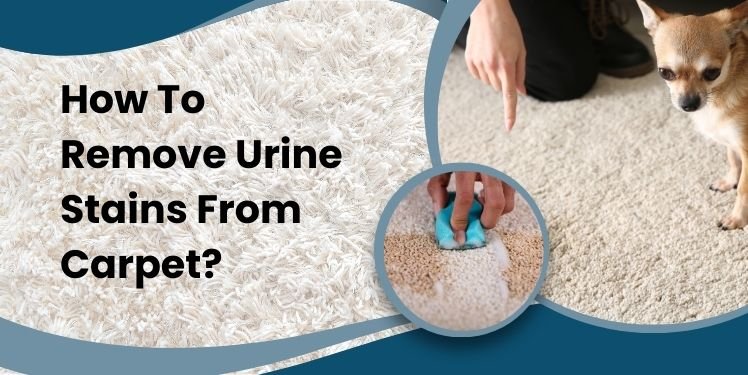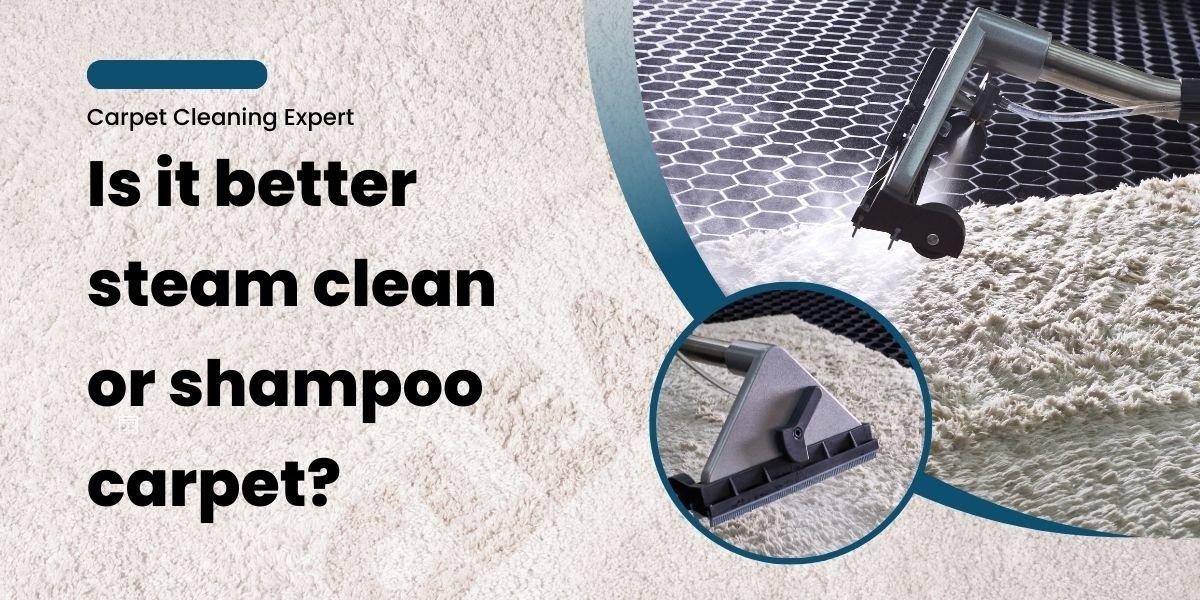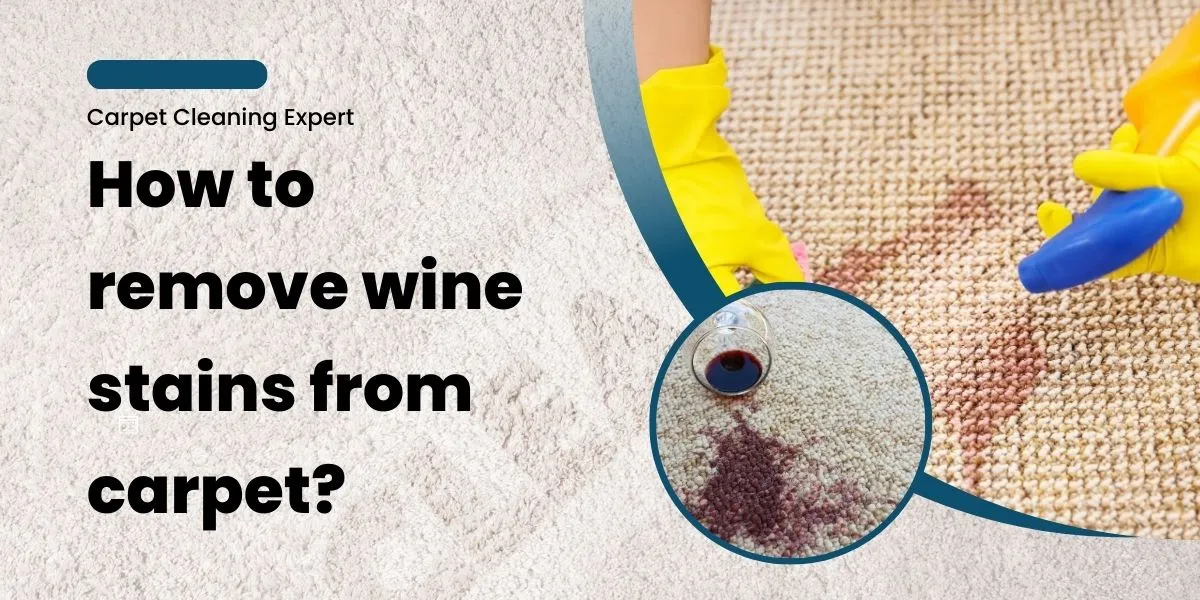
Carpets provide comfort, warmth, and aesthetic appeal to our homes. However, they also trap dirt, allergens, and stains, making regular cleaning essential for maintaining a healthy indoor environment. With various cleaning methods available, it can be challenging to determine the most effective approach. In this article, we’ll explore the best methods to clean carpets, considering factors such as efficacy, convenience, and safety.
Understanding the Importance of Carpet Cleaning
Carpets act as filters, trapping dust, pet dander, and other pollutants that settle into their fibers over time. Without proper cleaning, these contaminants accumulate, leading to decreased indoor air quality and potential health issues, especially for individuals with allergies or respiratory problems. Additionally, neglected carpets may harbour bacteria, mould, and unpleasant odours, compromising the overall cleanliness and ambience of the space.
Different Methods of Cleaning Carpets
Vacuuming:
Vacuuming is the most common and fundamental method of carpet maintenance. It removes surface dirt, debris, and loose particles from the carpet fibers, preventing them from embedding deeper into the pile. Regular vacuuming, at least once or twice a week, helps prolong the life of the carpet and maintains its appearance.
Steam Cleaning:
Also known as hot water extraction, steam cleaning involves injecting hot water and cleaning solution into the carpet pile and then extracting it along with the loosened dirt and stains. This method is highly effective in deep cleaning and sanitizing carpets, making it a preferred choice for removing stubborn stains and allergens.
Shampooing:
Shampooing utilizes a specialized carpet cleaning solution that is agitated into the carpet fibers to loosen dirt and stains. The solution is then extracted using a vacuum, along with the suspended dirt particles. While shampooing can effectively clean carpets, it may leave behind residue, requiring thorough rinsing and longer drying times.
Dry Cleaning:
Dry cleaning methods involve applying a cleaning compound or powder to the carpet surface and then using a machine with rotating brushes to agitate and absorb the dirt. Unlike wet cleaning methods, dry cleaning doesn’t involve water, making it suitable for carpets that are moisture-sensitive or prone to shrinkage.
Factors to Consider Before Choosing a Cleaning Method
Before selecting a cleaning method for your carpet, consider the following factors:- Carpet Material: Different carpet fibers require specific cleaning approaches to avoid damage or discolouration.
- Severity of Stains: Assess the nature and extent of stains to determine the most appropriate cleaning method.
- Allergies and Sensitivities: Choose cleaning products and methods that are hypoallergenic and safe for occupants, especially those with sensitivities.
- Time and Budget Constraints: Consider the time and cost involved in each cleaning method, balancing effectiveness with practicality.
Steps to Clean a Carpet Effectively
Regardless of the chosen cleaning method, the following steps are essential for achieving optimal results:- Preparation: Clear the area of furniture and clutter, and pre-treat any visible stains or spills.
- Stain Treatment: Apply a suitable stain remover or solution to targeted areas and allow it to penetrate before proceeding with cleaning.
- Cleaning Process: Follow the manufacturer’s instructions or professional guidelines for the selected cleaning method, ensuring thorough coverage and agitation.
- Drying: Properly ventilate the area and use fans or dehumidifiers to expedite the drying process, preventing mould and mildew growth.
Pros and Cons of Each Cleaning Method
- Vacuuming:
- Pros: Quick and easy, removes surface debris.
- Cons: Don’t deep clean or remove stains.
- Steam Cleaning:
- Pros: Deep cleans and sanitizes, effective for removing stains and allergens.
- Cons: Requires specialized equipment, and longer drying times.
- Shampooing:
- Pros: Cleans deeply, and rejuvenates carpet fibers.
- Cons: May leave residue, longer drying times.
- Dry Cleaning:
- Pros: No drying time, suitable for moisture-sensitive carpets.
- Cons: May not remove all stains, and requires specialized equipment.
Tips for Maintaining a Clean Carpet
To extend the lifespan and appearance of your carpet, follow these maintenance tips:- Perform regular vacuuming, focusing on high-traffic areas.
- Address spills and stains promptly to prevent permanent damage.
- Schedule professional carpet cleaning annually or as needed for deep cleaning and restoration.
Conclusion
Maintaining a clean carpet is essential for preserving indoor air quality, enhancing the longevity of your flooring investment, and creating a healthy living environment for you and your family. By understanding the different cleaning methods available and considering factors such as carpet type, stains, and personal preferences, you can choose the best approach to keep your carpets looking and feeling their best.
Frequently Asked Questions
Q. How often should I clean my carpet?
Ans. It’s recommended to vacuum carpets at least once or twice a week and schedule professional cleaning annually.Q. Can I use homemade solutions for carpet cleaning?
Ans. While some DIY solutions may work for minor stains, professional-grade products are often more effective for deep cleaning and stain removal.Q. Is steam cleaning safe for all carpet types?
Ans. Steam cleaning is generally safe for most carpets, but it’s essential to check the manufacturer’s guidelines and avoid excessive moisture for delicate fibers.Q. Are there eco-friendly carpet cleaning options available?
Ans. Yes, many professional cleaning companies offer environmentally friendly cleaning solutions that are safe for both your carpets and the environment.Q. How long does it take for a carpet to dry after cleaning?
Ans. Drying times vary depending on the cleaning method used, humidity levels, and airflow. Steam cleaning may take several hours to dry completely, while dry cleaning methods offer quicker drying times.













